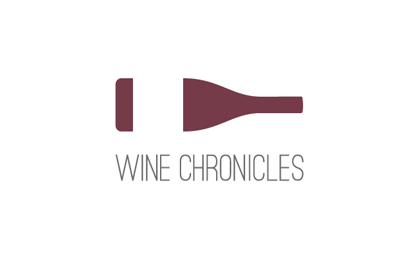PROWEIN 2016: Country Focus Canada

4 February 2016
Canada’s area under vine currently measures about 12,000 hectares. Every year, some 550 vintners produce nearly one million hectoliters of wine. This is more than half of what is produced in California’s Napa Valley. Canada is no longer known for just its Eiswein. The Canadians now also produce expressive red wines, delicate whites, rosé and even sparkling wine – despite their harsh climate and long winters.
For the third time this relatively young wine country will be represented at ProWein 2016, International Trade Fair for Wines and Spirits, with a joint stand. Exports of Canadian winemakers are continuing to rise: in 2014 Canada exported some 1.8 million liters of premium wine. A total of 26 countries are supplied with Canadian wine, including the U.S., China, Hong Kong, South Korea and Great Britain.
With 22 wineries, the “Wines of Canada” joint stand in Hall 9 at ProWein 2016 will be larger than ever before. In addition, two Canadian exhibitors will showcase their products in their individual stands in Hall 12: La Face Cachee de la Pomme (apple Eiswein from Quebec) and Kruger Wines & Spirits (whiskey).
In addition to the joint stand, “Wines of Canada” will also offer various events during ProWein 2016: the daily masterclass at the ProWein Forum at 11:30 am and a guided tasting session every afternoon at 3:00 pm at the stand. Both events will be hosted by the famous British wine blogger Jamie Goode.
Canada’s Wine Regions
The producers at the “Wines of Canada” stand predominantly come from the three provinces of Ontario, British Columbia and Nova Scotia. Ontario is by far the largest winemaking region with 80% of Canadian vines cultivated here on some 6,000 hectares. As a result, half the 22 Canadian winemakers presented at the joint stand come from this province. Here it is primarily Riesling and Chardonnay alongside Eiswein which are achieving good results. In warm years Gamay and Pinot Noir wines can also score points alongside Cabernet Franc and Cabernet Sauvignon wines. Over the past few years Canadian Merlots have also gained ground with their convincing quality. This is hardly surprising as Ontario is located on nearly the same geographical latitude as Tuscany in Italy.
Nine producers from British Columbia will be featured at ProWein 2016. Located in the center of this province is Vancouver with its focus on varieties such as Pinot Gris, Chardonnay, Gewürztraminer, Riesling, Merlot, Pinot Noir, Cabernet Sauvignon and Syrah.
In Nova Scotia in the east of the country there is less area under vine compared with the other provinces. Consequently, only two vintners will be represented from this region. The cultivated area is relatively small and primarily features lesser known, frost-resistant grape varieties. To protect the grapevines from frost they are buried in soil in autumn and uncovered in spring. Nova Scotia is increasingly making a name for itself with sparkling wines made according to the traditional méthode champenoise.
VQA Appellation System
To control the quality of the wine and also guarantee it long term, Canadian wine also follows a classification system. With VQA wines (Vintners Quality Alliance) 100% of the grapes come from each relevant growing area. In accordance with this alliance each wine must state its province or geographic origin. Over the past few years more and more new wine cultivation areas are being defined due to micro-climatic influences and specific soil properties.
ProWein will be held from March 13 – 15, 2016 at the fairgrounds in Düsseldorf, Germany.
 Wine Chronicles
Wine Chronicles
Share This